CFD trading has surged in popularity over the past decade, attracting both retail and professional traders looking for flexible ways to speculate on financial markets. Unlike traditional investing, CFDs, or Contracts for Difference, allow traders to profit from price movements without owning the underlying asset.
This unique feature provides a variety of trading opportunities, but it also requires a clear understanding of one’s personal trading style. Choosing a style that aligns with your risk tolerance, available time, and financial goals can dramatically influence both your trading performance and overall experience in the markets.
This article explores the main CFD trading styles, helping you determine which approach fits you best.
Understanding CFD Trading
When trading CFDs, you agree with a broker to exchange the difference in the price of an asset between the time the contract is opened and closed.
Leverage is often used, meaning you can control a larger position with a smaller amount of capital, magnifying both potential profits and potential losses. Understanding margin requirements, fees, and the mechanics of profit and loss is essential for successful CFD trading.
Brokers like ADS Securities provide comprehensive tools and guidance for navigating CFD markets, making them an important resource for both beginners and experienced traders.
Key Factors in Choosing a CFD Trading Style
Before deciding on a trading style, several personal and market factors must be considered. Your risk tolerance is critical, as it dictates how much volatility and potential loss you can handle.
Time commitment is another major factor; some styles demand hours of market monitoring, while others require only periodic review. Your preference for market volatility plays a role in deciding whether you seek high-intensity trades or steadier, long-term positions.
Finally, your trading goals—whether aiming for quick, short-term gains or longer-term investment growth—will heavily influence the style that suits you best.
Day Trading
Day trading involves buying and selling CFDs within the same trading day. Traders typically use intraday charts and focus on short-term price movements. The advantage of day trading lies in the potential for quick profits and frequent trading opportunities.
However, it is demanding and stressful, requiring constant monitoring of the markets and rapid decision-making. High transaction costs can also reduce profitability if trades are not managed efficiently.
Ideal day traders are disciplined, alert, and comfortable taking on higher levels of risk, often thriving in a fast-paced environment where split-second decisions are crucial.
Scalping
Scalping is an even more intense form of day trading, focusing on very short-term trades that can last seconds to minutes. Scalpers aim to capture small price movements multiple times a day, taking advantage of minimal market fluctuations.
While this style can generate frequent profits and limit exposure to overnight risk, it demands extreme focus, fast execution, and access to platforms with low spreads.
Swing Trading
Swing trading takes a broader approach, holding positions for several days to weeks to capture medium-term market moves.
However, swing traders must manage overnight and weekend risks, as market gaps can affect positions. Ideal swing traders are patient, analytical, and comfortable managing moderate risk while allowing trades to develop over time.
Position Trading
Position trading focuses on long-term trends, holding positions for weeks, months, or even longer. Traders using this style are less concerned with short-term fluctuations and aim to profit from substantial market moves. This approach demands patience and a strong understanding of market fundamentals.
Position traders are less affected by daily market noise but must tolerate larger drawdowns and potential market volatility. The ideal position trader is long-term oriented, strategic, and risk-averse, often preferring thorough analysis over frequent trading.
Algorithmic / Automated CFD Trading
Algorithmic or automated trading uses computer programs to execute trades based on predefined strategies. This style removes the emotional aspect of trading, allowing for consistent execution and the ability to manage high-frequency trading efficiently.
Automated trading can be highly profitable but requires technical knowledge, programming skills, or reliance on third-party platforms. Traders suited for algorithmic trading are analytical, tech-savvy, and comfortable relying on automated systems to make trading decisions.
Conclusion
Finding the right fit requires careful self-assessment, practice, and a clear understanding of your financial goals, risk tolerance, and available time.
By exploring these different approaches and testing strategies in a controlled environment, you can identify the trading style that aligns best with your personality and objectives, setting the foundation for long-term success in the dynamic world of CFD trading.

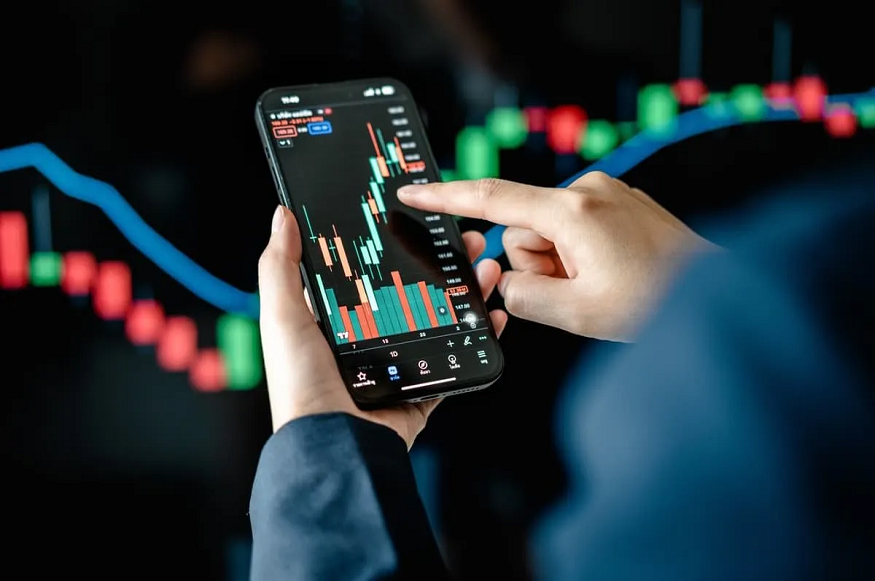

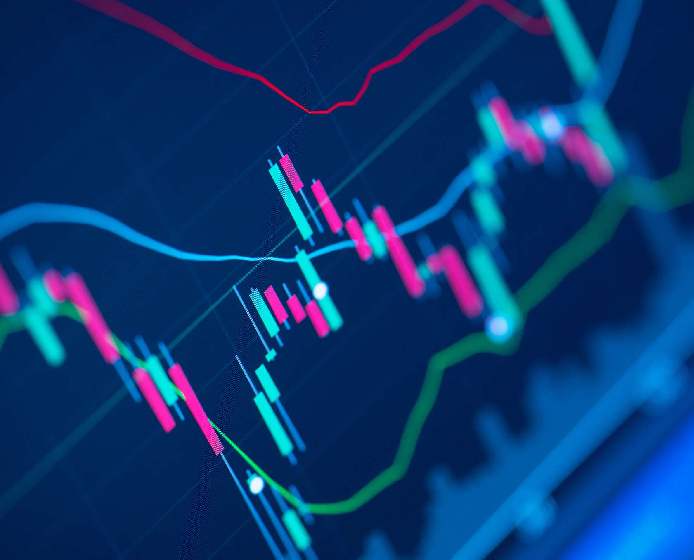
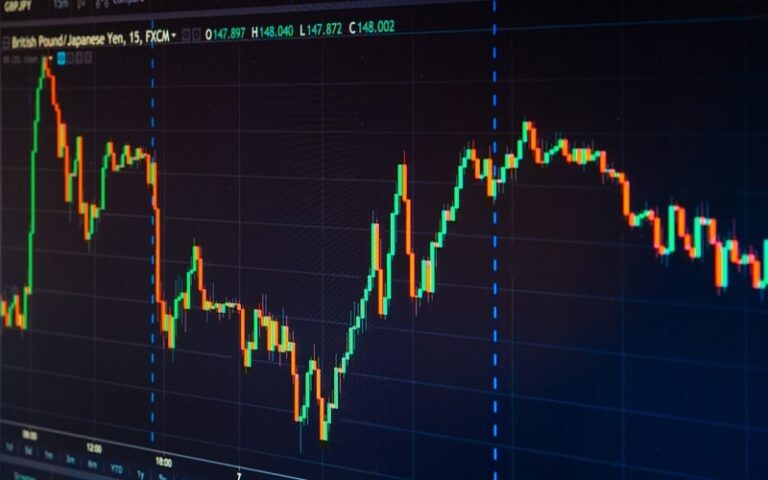

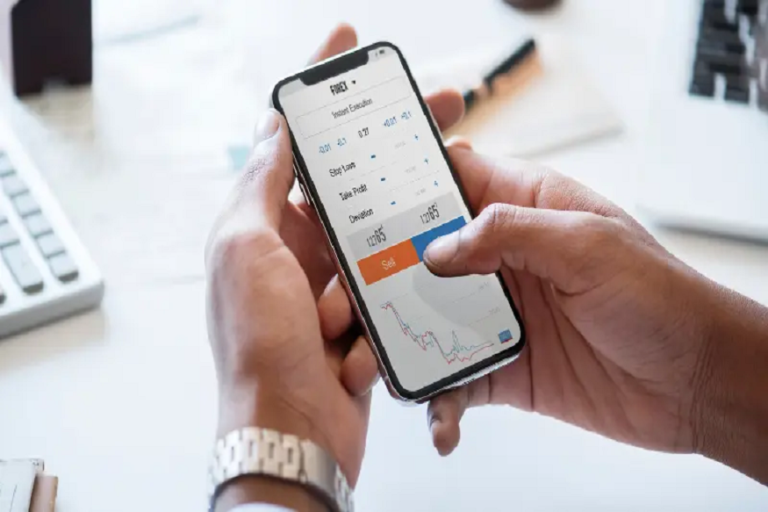
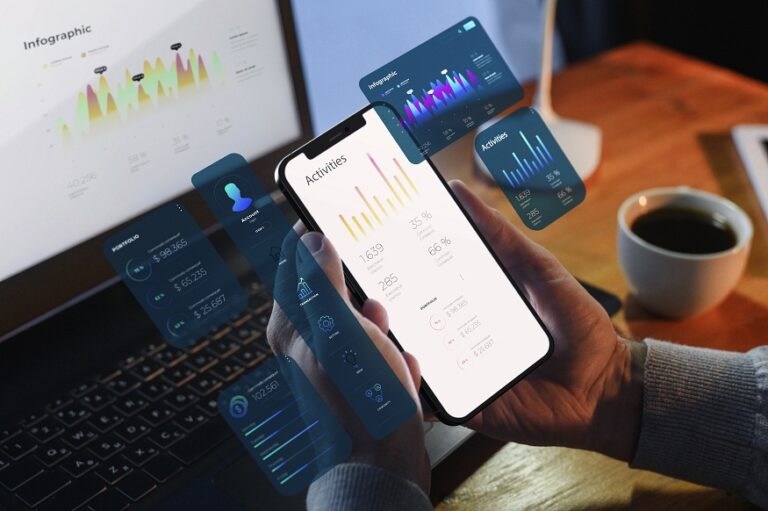

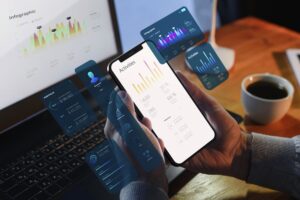
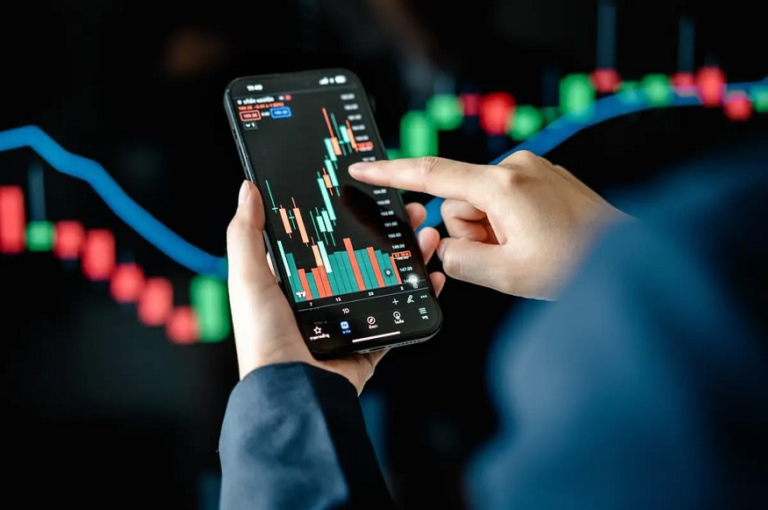




+ There are no comments
Add yours